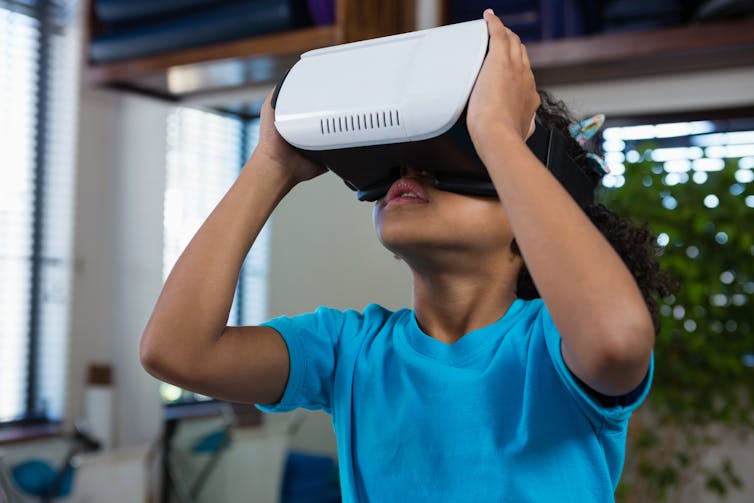Imagine this: You are having a lovely day at the park, when your sweet boy, only seven years old, falls from the monkey bars and screams loudly. His wrist is swelling quickly and looks deformed. You rush to the local hospital, where they tell you he will need x-rays and an IV. And his bones will need to be reset in the emergency department.
He is still crying, scared and in pain. What can you do, as a parent, to make this experience less stressful and painful for your child?
As a pediatrician who specializes in emergency care, I have had the privilege of caring for children with unexpected injuries and illness for over 15 years. During this time, I have seen and reflected on the tremendous pain that children sometimes experience, due in part to their injuries but also in part to the medical tests and procedures we must do.
1. Give Pain Medicine Early
Often parents believe treating their child’s pain before visiting the doctor will make it harder to diagnose the problem. This is not the case! It is a myth that doctors need “all the pain” to be present in order to figure out what is going on. Truthfully, it is very difficult to examine a child when they are writhing in agony, and much easier when they are comfortable. Remember, no over-the-counter pain reliever is capable of masking serious ailments.
2. Advocate for Your Child
Health professionals now have decades of research that demonstrate the benefits of proper pain treatment. Properly treating pain actually improves success rates and can prevent the need for repeat attempts at the same procedure. Further, there are real consequences to ignoring children’s pain. Children who experience moderate levels of pain during infancy may have long-term physical, psychological, and behavioural changes, including increased sensitivity to pain, abnormal social behaviours when older and higher levels of anxiety before a future procedure.Surprisingly, health professional sometimes forget to prioritize pain treatment. It is not a malicious thing. They are often busy, under-resourced, unaware of the evidence that exists and focused on “fixing the problem” — sometimes at the expense of adequate pain management.
3. Use Physical Comfort Measures
There are many things we can do to make a child more physically comfortable. If they have an injured limb, splinting it can relieve a great deal of the pain. Using ice on a limb or joint injury reduces swelling and pain as well.
4. Use Distraction
Distraction helps children feel less distress and pain. There are low-tech options, such as bubble-blowing, playing i-Spy games, reading books, talking and listening to music. These can be offered by you or the health care team at little cost. For some children, especially as they get older, digital technology is a preferred option. Choices include tablets, smart phones, video games, and more recently, robots and virtual reality.
5. Ask for Numbing Cream
IVs and blood-work hurt. A lot. In fact, children tell us that getting an IV is the worst and most painful part of their hospital stay. There is indisputable research that tells us that numbing creams (e.g. EMLA, Maxilene), when applied 30 to 60 minutes before a blood test or IV, reduce much or all of the pain of the procedure.6. Remember that Sugar Eases Pain
Concentrated sugar drops, dripped onto a baby’s tongue two minutes before and during a medical test (such as a urine catheter insertion or a blood test) reduce pain for babies under 12 months of age. It only takes two millilitres of this seemingly magical liquid to make a medical procedure easier for a baby! There are virtually no side effects to it, and it is safe even for premature newborns.
7. Ask for a Pain Management Plan for Home
Emergency department visits and hospital stays are often just a “blip” in the timeline of your child’s journey back to health. In other words, most of your child’s pain will be dealt with by you, without the benefit of nurses and doctors. When it is time to leave the hospital, ask your health care team what to do at home. Ask what medications to use, and what non-medication things you should do. Ask them what to do if the first-choice medicines don’t work. And don’t forget to get advice on return to activity.Children’s pain matters, and should not be ignored. There is absolutely no reason that a child should be in pain while the doctor is trying to figure out what is going on. As parents, we should feel empowered to ask for the best pain treatment possible for our children.

